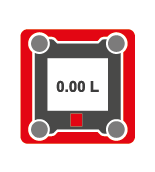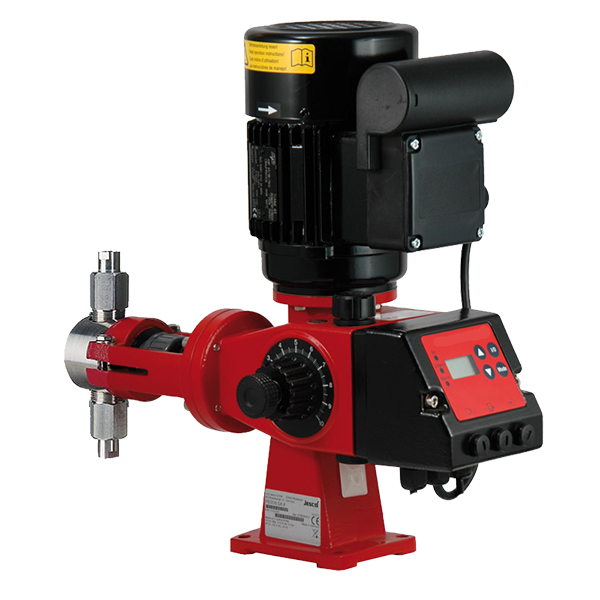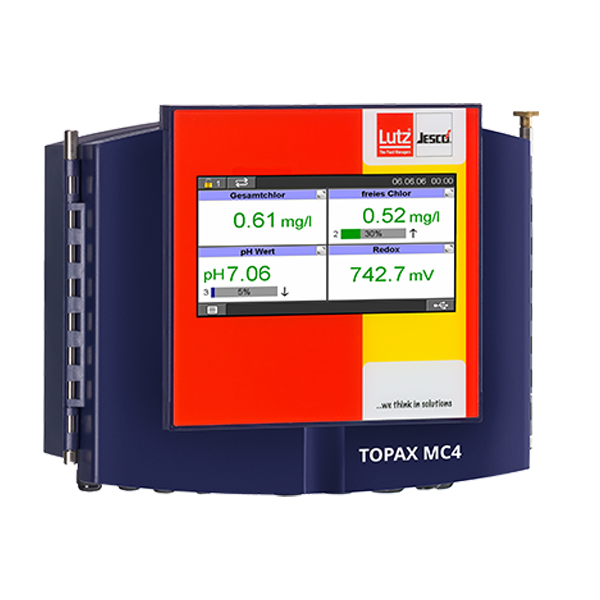Before a beer can be enjoyed, it must run through a series of precisely controlled natural microbiological and physical processes during production, clarification and purification. During these processes, suspended solids and turbidity are produced, for example, by the yeast used in the fermentation process. These particles are removed from the beer in various stages.
A special filtration process known as kieselguhr precoat filtration is required to produce a "brilliantly clear" beer. In this process, a kieselguhr suspension with a concentration of 300 g/l is added to the beer. Main filter elements are e.g. fine stainless steel strainer textures or stainless steel pipes with very small slots. Before the beer is filtered, only water containing kieselguhr is passed through the filter. The deposition of a layer of kieselguhr constitutes a fine-pored filter layer, which traps the turbidity as the beer flows through.
Kieselguhr is a mealy mineral dating from the tertiary era; it is derived from the silicaceous exoskeletons of monocellular algae and diatoms. As well as being used as a filter material, it is also used for grinding and polishing.
Its suitability as a grinding medium indicates that moving parts in contact kieselguhr for metering purposes require high wearing qualities.
Highly precise dosing pumps are needed to add the kieselguhr, in particular special piston dosing pumps with special operating characteristics and wear-resistant surfaces.
The pumps used in breweries must meet the following requirements:
- long, trouble-free operation
- simple construction requiring little maintenance
- consideration of hygienic and process-related requirements (e.g. ensuring that air does not enter the beer)
Special versions of piston dosing pumps designed for the brewing industry incorporating food-safe materials and wear-resistant materials at relevant positions such as stainless steel, aluminium oxide ceramic and special lip seals meet these requirements in an outstanding fashion. Leading brewery equipment manufacturers such as KHS-Prozesstechnik GmbH have used these pumps as tried-and-tested dosing devices throughout the world for decades. Enjoy your beer with Lutz-Jesco dosing pumps!
Suitable products for your application
info@lutz-jesco.com












